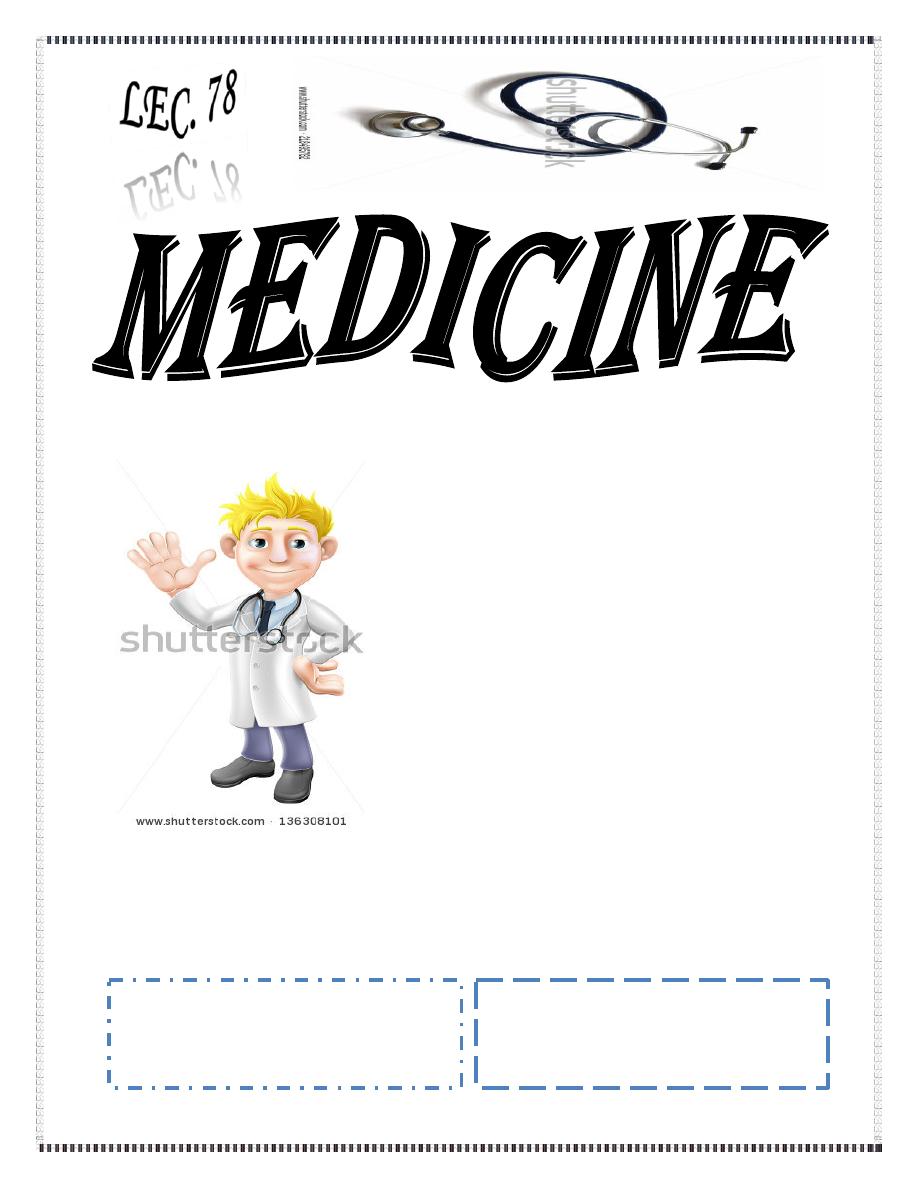
Dr. Rabah
Lec. 9
AUTOIMMUNE HEPATITIS & PBC
Mon. 11 / 4/ 2016
Done By: Ibraheem Kais
2015 – 2016
ﻣﻜﺘﺐ ﺁ
ﺷﻮﺭ ﻟﻼﺳﺘﻨﺴﺎﺥ

Autoimmune hepatitis & PBC Dr. Rabah
11-4-2016
1
Autoimmune hepatitis & PBC
Autoimmune hepatitis
Autoimmune hepatitis is a liver disease of unknown aetiology characterised by:
- A strong association with other autoimmune diseases.
- High levels of serum immunoglobulins (hypergammaglobulinaemia) and
autoantibodies in the serum.
It occurs most often in women, particularly in the second and third decades of
life.
Pathophysiology
Several subtypes depend on immunological markers:
Classical (type I) autoimmune hepatitis is characterised by a high frequency of
other autoimmune disorders, such as Graves' disease. It is associated with HLA-
DR3 and DR4, particularly. These patients have high titres of antinuclear and
anti-smooth muscle antibodies,
Type II autoimmune hepatitis is characterised by the presence of anti-LKM
(liver-kidney microsomal) antibodies and lack of antinuclear and anti-smooth
muscle antibodies. Anti-LKM antibodies recognise cytochrome P450-IID6,
which is expressed on the hepatocyte membrane.
Type III autoimmune hepatitis is characterised by elevated serum
immunoglobulin levels; the antibodies described above are absent, whilst
antibodies against soluble liver antigen are present.

Autoimmune hepatitis & PBC Dr. Rabah
11-4-2016
2
Associated diseases
Conditions associated with autoimmune hepatitis:
Migrating polyarthritis.
Urticarial rashes
Lymphadenopathy.
Hashimoto's thyroiditis.
Thyrotoxicosis.
Myxoedema.
Pleurisy.
Coombs-positive haemolytic anaemia.
Transient pulmonary infiltrates.
Ulcerative colitis.
Glomerulonephritis.
Nephrotic syndrome.
Clinical features
The onset is usually insidious, with fatigue, anorexia and jaundice.
Jaundice is mild to moderate or occasionally absent, but signs of chronic liver
disease, especially spider naevi and hepatosplenomegaly, are usually present.
Some patients have CLD signs.
In about one-quarter of patients the onset is acute, resembling viral hepatitis,
but resolution does not occur.
Other features include fever, arthralgia.
Amenorrhoea is the rule but general health may be good.
Some patients have a 'Cushingoid' face with acne, hirsutism and pink cutaneous
striae, especially on the thighs and abdomen.
Approximately two-thirds of patients have associated autoimmune disease such
as Hashimoto's thyroiditis, renal tubular acidosis and rheumatoid arthritis.
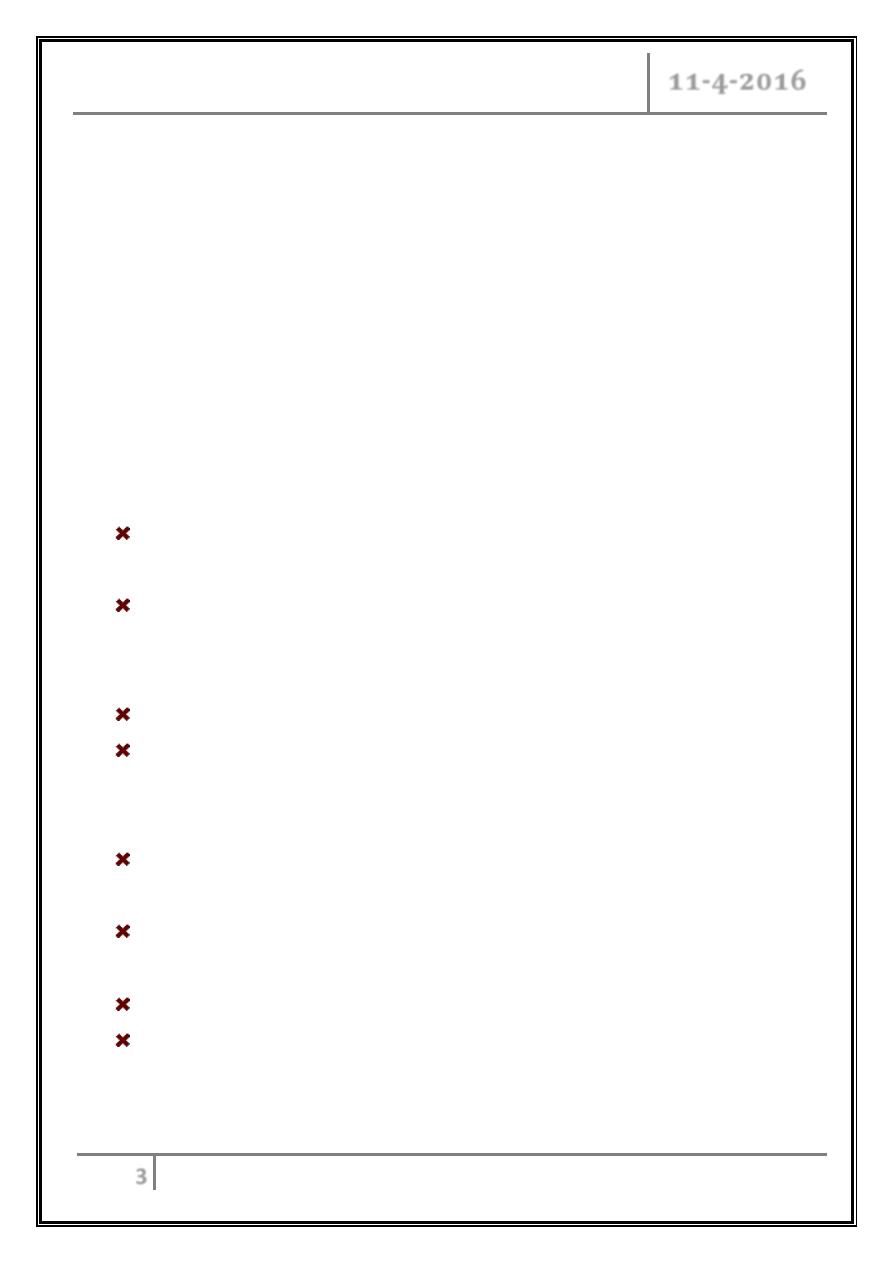
Autoimmune hepatitis & PBC Dr. Rabah
11-4-2016
3
Investigations
o Serological tests for autoantibodies are often positive.
o Antinuclear antibodies and anti-smooth muscle antibody.
o Antimicrosomal antibodies (anti-LKM) occur particularly in children and
adolescents.
o Elevated levels of serum IgG immunoglobulins are invariable and are an
important diagnostic feature.
o Liver biopsy should be performed. It typically shows interface hepatitis, with or
without cirrhosis.
Management
Corticosteroids - Initially, prednisolone 40 mg/ day is given orally; the dose is
then gradually reduced as the patient and LFTs improve.
Maintenance therapy is required for at least 2 years after LFTs have returned to
normal, and withdrawal of treatment should not be considered unless a liver
biopsy is also normal.
Most individuals require long-term immunosuppression.
Azathioprine 1.0-1.5 mg/ kg/ day orally may allow the dose of prednisolone to
be reduced. Azathioprine can also be used as the sole maintenance
immunosuppressive agent.
Corticosteroids treat acute exacerbations but do not prevent cirrhosis; they are
therefore less important in mild asymptomatic autoimmune hepatitis.
The disease is characterised by exacerbations and remissions, but most patients
eventually develop cirrhosis and its complications.
Hepatocellular carcinoma is uncommon.
Approximately 50% of symptomatic patients will die of liver failure within 5
years if no treatment is given, but this falls to about 10% with therapy.

Autoimmune hepatitis & PBC Dr. Rabah
11-4-2016
4
Primary biliary cirrhosis (PBC)
Primary biliary cirrhosis (PBC) is a chronic, progressive cholestatic liver
disease of unknown cause which predominantly affects middle-aged women.
The condition is strongly associated with the presence of antimitochondrial
antibodies (AMA), which are diagnostic.
It is characterised by a granulomatous inflammation of the portal tracts, leading
to progressive damage and eventually loss of the small and middle-sized bile
ducts. This in turn leads to fibrosis and cirrhosis of the liver.
The condition typically presents with an insidious onset of itching and/or
tiredness; it may also be found incidentally as the result of routine blood tests.
Epidemiology
The prevalence of PBC varies across the world.
It is relatively common in northern Europe and North America.
There is a strong female to male predominance of 9:1; it is also more common
amongst cigarette smokers.
Pathophysiology
The cause of PBC is unknown but immune mechanisms are clearly involved.
The condition is closely associated with other autoimmune non-hepatic diseases,
such as thyroid disease.
Antimitochondrial and antinuclear antibodies are found in the serum with
Elevations in serum immunoglobulin levels, particularly IgM.
Cellular immunity is impaired and abnormal cellular immune reactions have
been described hypothesis remains unproven.
The primary pathological lesion is a chronic granulomatous inflammation
which damages and destroys the interlobular bile ducts; progressive
lymphocyte-mediated inflammatory damage causes fibrosis, which spreads from
the portal tracts to the liver parenchyma and eventually leads to cirrhosis.
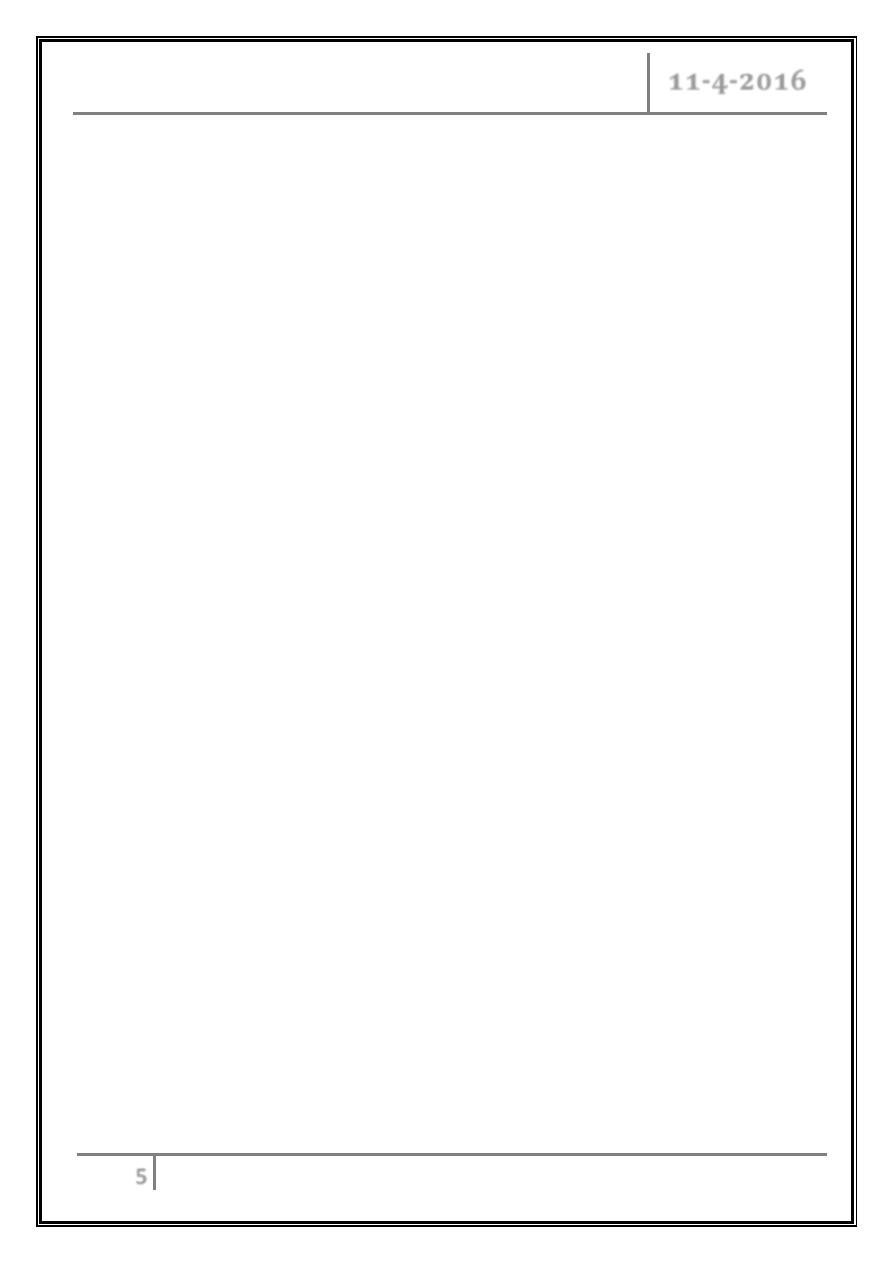
Autoimmune hepatitis & PBC Dr. Rabah
11-4-2016
5
Clinical features
Non-specific symptoms, such as lethargy and arthralgia, are common and may
precede diagnosis for years.
Pruritus is the most common initial complaint, pointing to hepatobiliary disease,
and may precede jaundice by months or years.
Jaundice is rarely a presenting feature.
Although there may be right upper abdominal discomfort.
Bone pain or fractures can rarely result from osteomalacia (fat-soluble vitamin
malabsorption) or, more commonly, from osteoporosis (hepatic osteodystrophy).
Considerable weight loss can occur as the disease progresses. Scratch marks
may be found.
Jaundice is only prominent late in the disease and can become intense.
Xanthomatous deposits occur in a minority, especially around the eyes, in the
hand creases and over the elbows, knees and buttocks.
Hepatomegaly is virtually constant, and splenomegaly becomes increasingly
common as portal hypertension develops. Liver failure may supervene.
Associated autoimmune and connective tissue diseases occur with increased
frequency in PBC, particularly the sicca syndrome, systemic sclerosis, coeliac
disease, and thyroid diseases.
Hypothyroidism should always be considered in patients with fatigue.
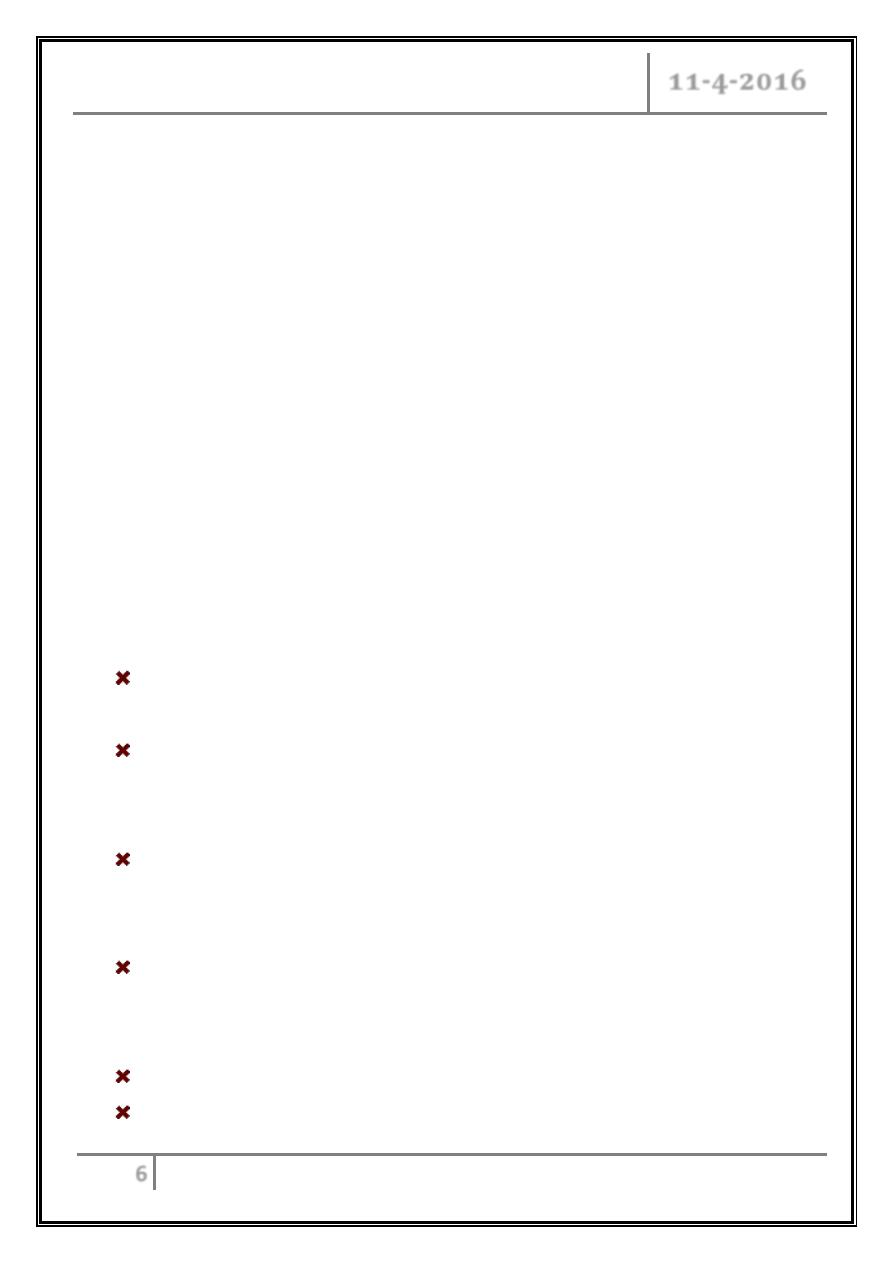
Autoimmune hepatitis & PBC Dr. Rabah
11-4-2016
6
Diagnosis and investigations
o The LFTs show a pattern of cholestasis.
o Hypercholesterolaemia is common and worsens as disease progresses.
o The antimitochondrial antibody is present in over 95% of patients, and when it
is absent the diagnosis should not be made without obtaining histological
evidence and considering cholangiography (MRCP or ERCP) to exclude other
biliary disease.
o Antinuclear and anti-smooth muscle antibodies are present in around 15% of
patients; autoantibodies found in associated diseases may also be present.
o Ultrasound examination shows no sign of biliary obstruction.
o Liver biopsy is only necessary if there is diagnostic uncertainty.
o The histological features of PBC correlate poorly with the clinical features;
portal hypertension can develop before the histological onset of cirrhosis.
Management
Asymptomatic patients require monitoring on a yearly basis to assess the onset
of symptoms and associated disease.
Immunosuppressants such as corticosteroids, azathioprine, penicillamine and
ciclosporin have all been tried in PBC, but none is effective and all may have
serious adverse effects.
The hydrophilic bile acid, ursodeoxycholic acid (UDCA), improves bile flow,
replaces toxic hydrophobic bile acids in the bile acid pool, and reduces
apoptosis of the biliary epithelium.
Clinically, UDCA improves LFTs, may slow down histological progression and
has few side-effects; it is therefore widely used in the treatment of PBC at a dose
of 13-15 mg/ kg/ day.
Liver transplantation should be considered once liver failure has developed
Pruritus - This is the main symptom requiring treatment.
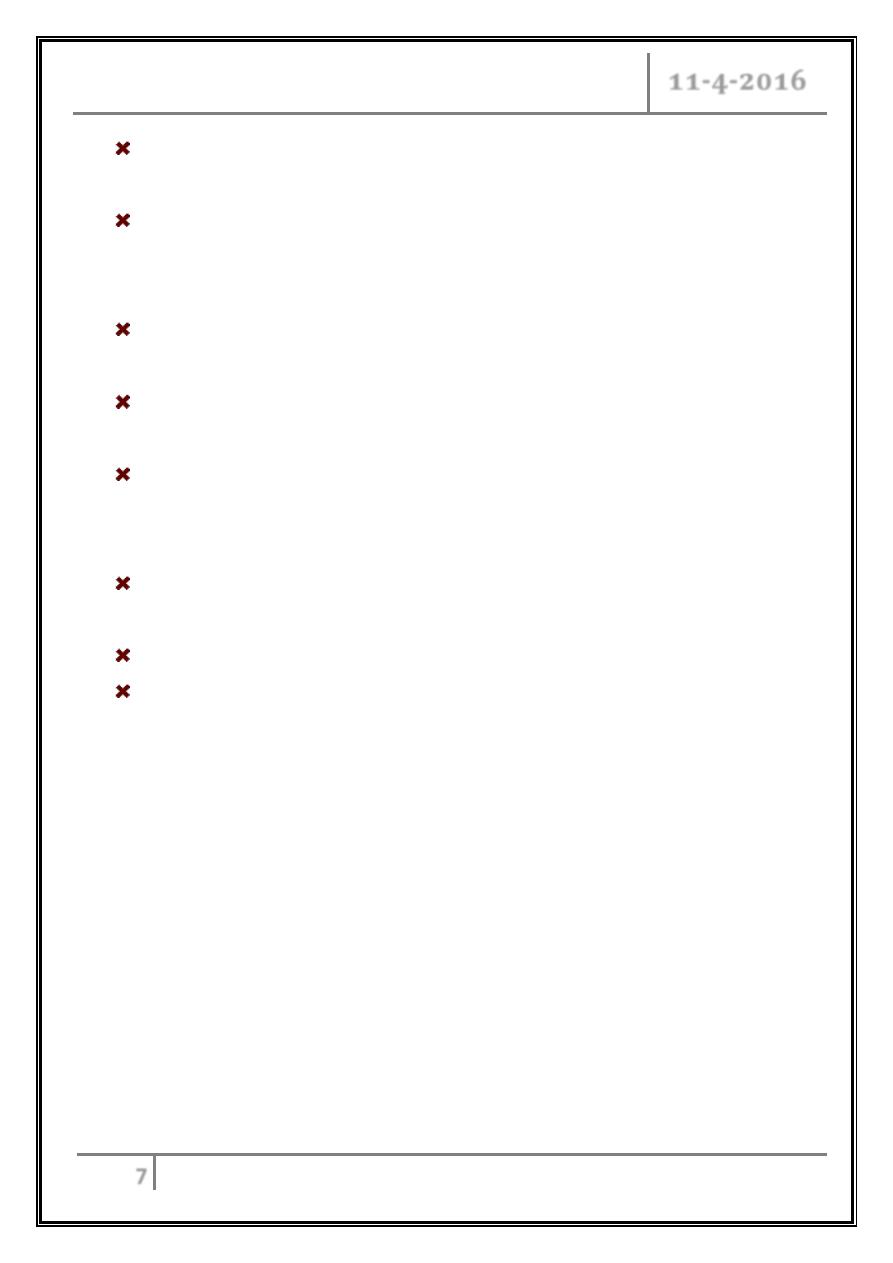
Autoimmune hepatitis & PBC Dr. Rabah
11-4-2016
7
The cause of itching is unknown but current research suggests that it is due to
up-regulation of opioid receptors and increased levels of endogenous opioids.
It is best treated with the anion-binding resin colestyramine, which probably
acts by binding potential pruritogens in the intestine and increasing their
excretion in the stool. A dose of 4-16 g/day orally is used.
Colestyramine may bind other drugs in the gut (e.g. anticoagulants), which
should therefore be taken 1 hour before the binding agent.
Alternative treatments include rifampicin 300 mg/day, naltrexone (an opioid
antagonist) 25 mg/day initially increasing up to 300 mg/ day.
Fatigue affects about one-third of patients with PBC. The cause is unknown but
it may reflect intracerebral changes due to cholestasis. Unfortunately, once
depression and hypothyroidism have been excluded, there is no treatment.
Prolonged cholestasis is associated with steatorrhoea and malabsorption of fat-
soluble vitamins, which should be replaced as necessary.
Coeliac disease should be excluded since its incidence is increased in PBC.
Bone disease Osteopenia and osteoporosis are common, and normal post-
menopausal bone loss is accelerated. Baseline bone density should be measured
and treatment started with replacement calcium and vitamin D
3
.
Bisphosphonates should be used if there is evidence of osteoporosis.
… End …
